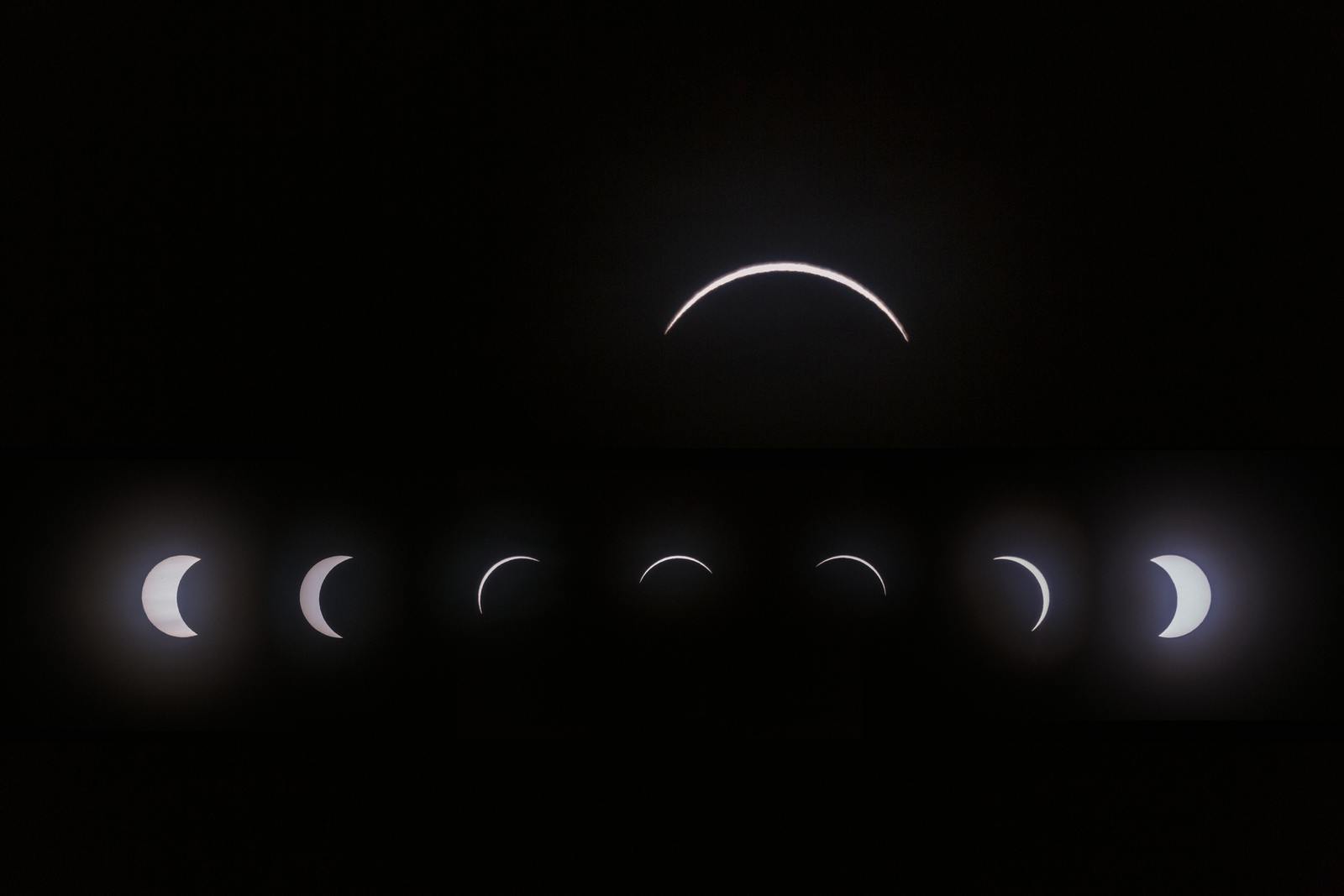
What is a Solar Eclipse?
A solar eclipse occurs when the moon passes between the Earth and the sun, blocking the sun’s light either partially or completely for a short period. This rare alignment creates a striking visual spectacle in the sky, captivating people from all over the world. But what exactly is a solar eclipse, how does it happen, and what are its different types? In this article, we’ll break down the science behind solar eclipses and explore the wonder of this event.
The Science Behind Solar Eclipses
Solar eclipses occur when the moon moves directly between the Earth and the sun, casting a shadow on Earth. This shadow has two parts: the umbra and the penumbra.
The umbra is the darkest part of the shadow, and the moon completely obscures the sun. If you’re in the umbra’s path, you’ll experience a total solar eclipse, where the day briefly turns into twilight. Meanwhile, the penumbra is the lighter outer part of the moon’s shadow. If you’re in the penumbra, you will witness a partial solar eclipse, where only part of the sun is blocked by the moon.
For a solar eclipse to occur, several things must align perfectly. First, the moon must be in its new moon phase, which is when it is positioned between the Earth and the sun. Second, the moon’s orbit around the Earth must line up with the Earth’s orbit around the sun, something that doesn’t happen every month because the moon’s orbit is slightly tilted relative to the Earth’s orbit. When these alignments occur, a solar eclipse takes place.
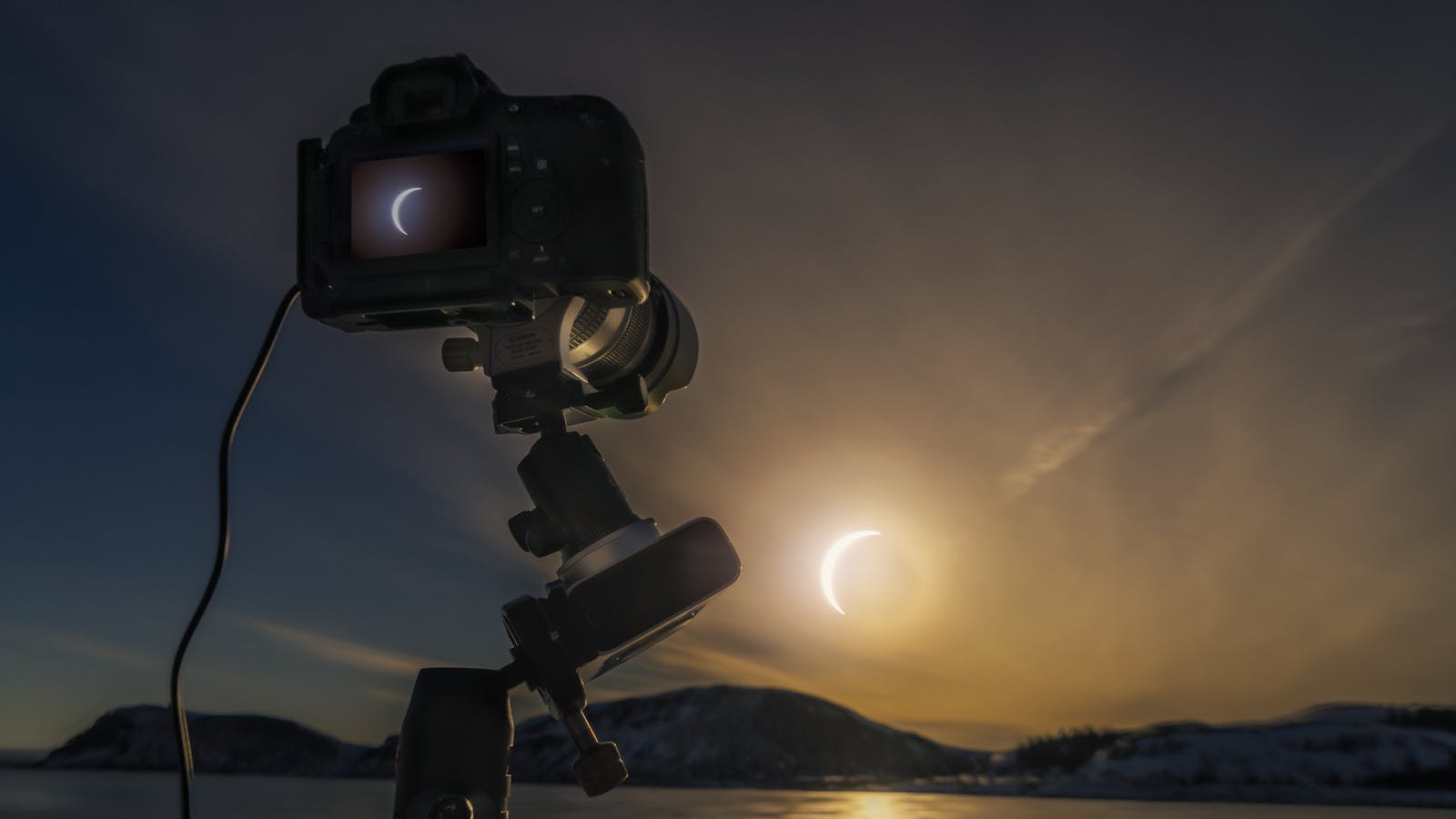
Types of Solar Eclipses
There are four main types of solar eclipses, each offering a different visual experience:
Total Solar Eclipse
This occurs when the moon completely covers the sun, casting its darkest shadow onto Earth (the umbra). For a few minutes, the sky darkens as if it’s twilight. The sun’s outer atmosphere, called the corona, becomes visible, creating a stunning halo of light around the moon. A total solar eclipse is the most dramatic and awe-inspiring of all eclipses. Iceland will be one of the prime locations to witness a total solar eclipse in 2026.
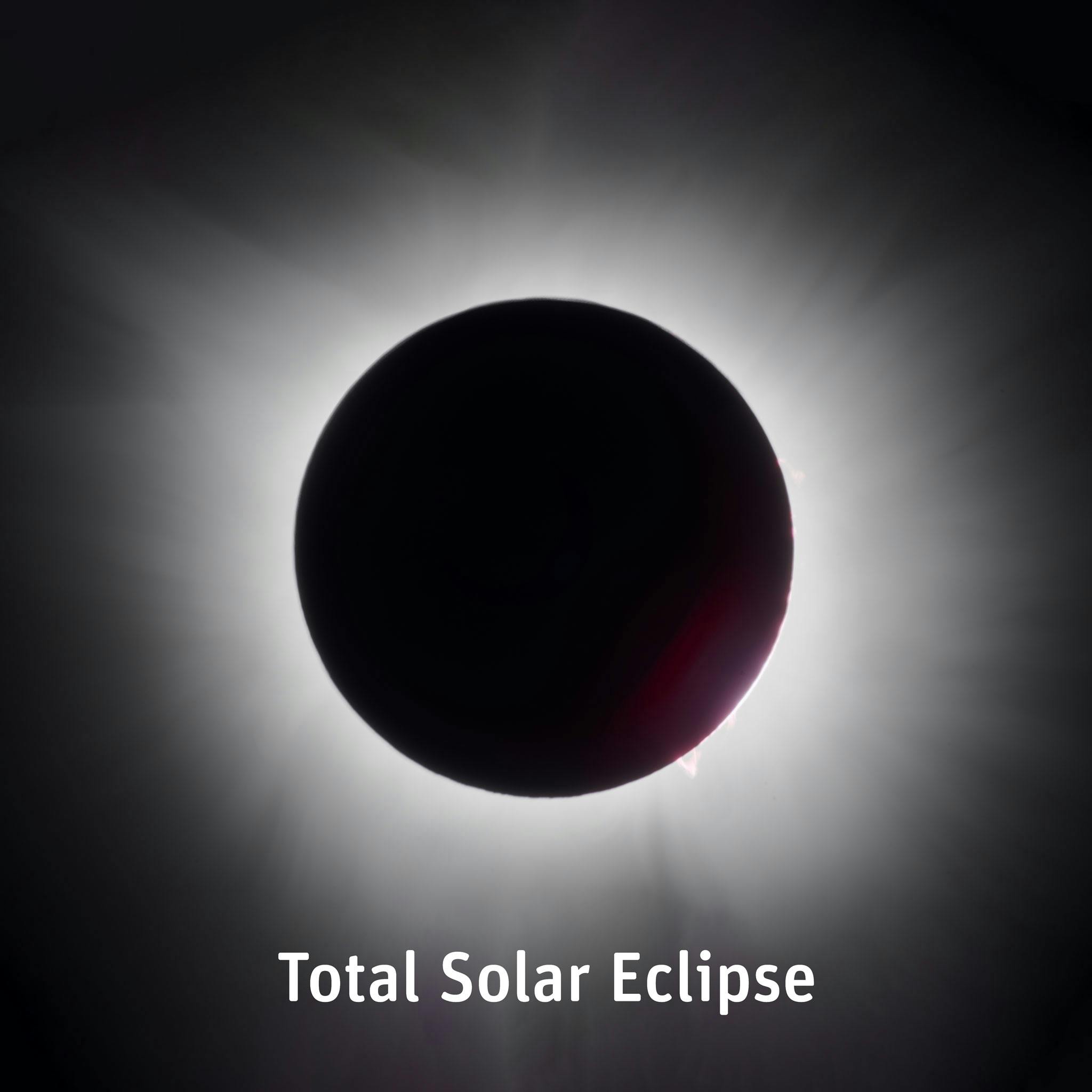
Partial Solar Eclipse
In this type of eclipse, only part of the sun is obscured by the moon. Depending on your location, you may see the sun as a crescent. Though not as impressive as a total eclipse, a partial solar eclipse is still exciting.
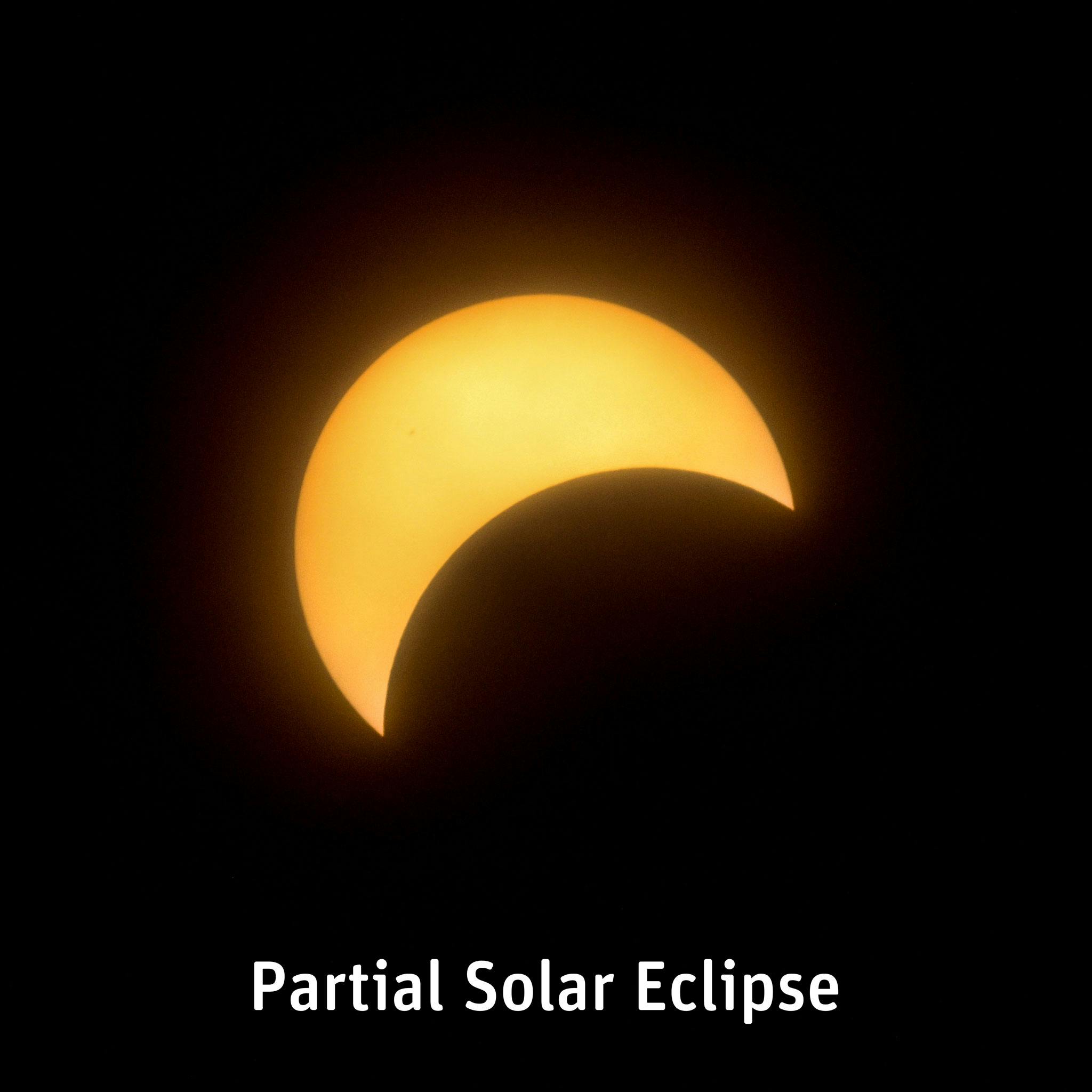
Annular Solar Eclipse
An annular eclipse happens when the moon is directly between the Earth and the sun, but due to the moon’s position in its elliptical orbit, it appears smaller than the sun and doesn’t completely cover it. This creates a “ring of fire” effect, where a bright ring of the sun remains visible around the moon.
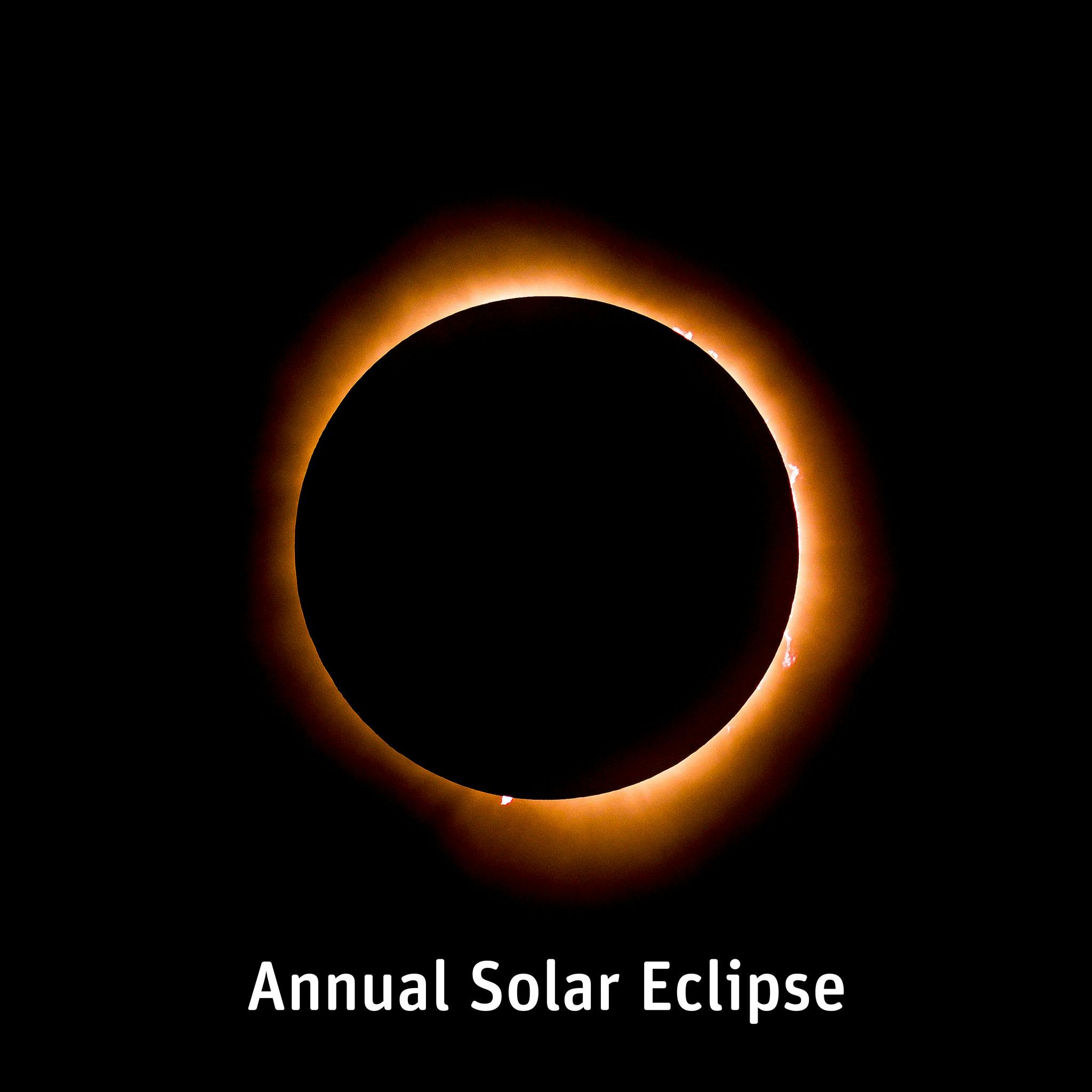
Hybrid Solar Eclipse
This rare type of eclipse shifts between a total and annular eclipse, depending on where you are along the eclipse’s path.
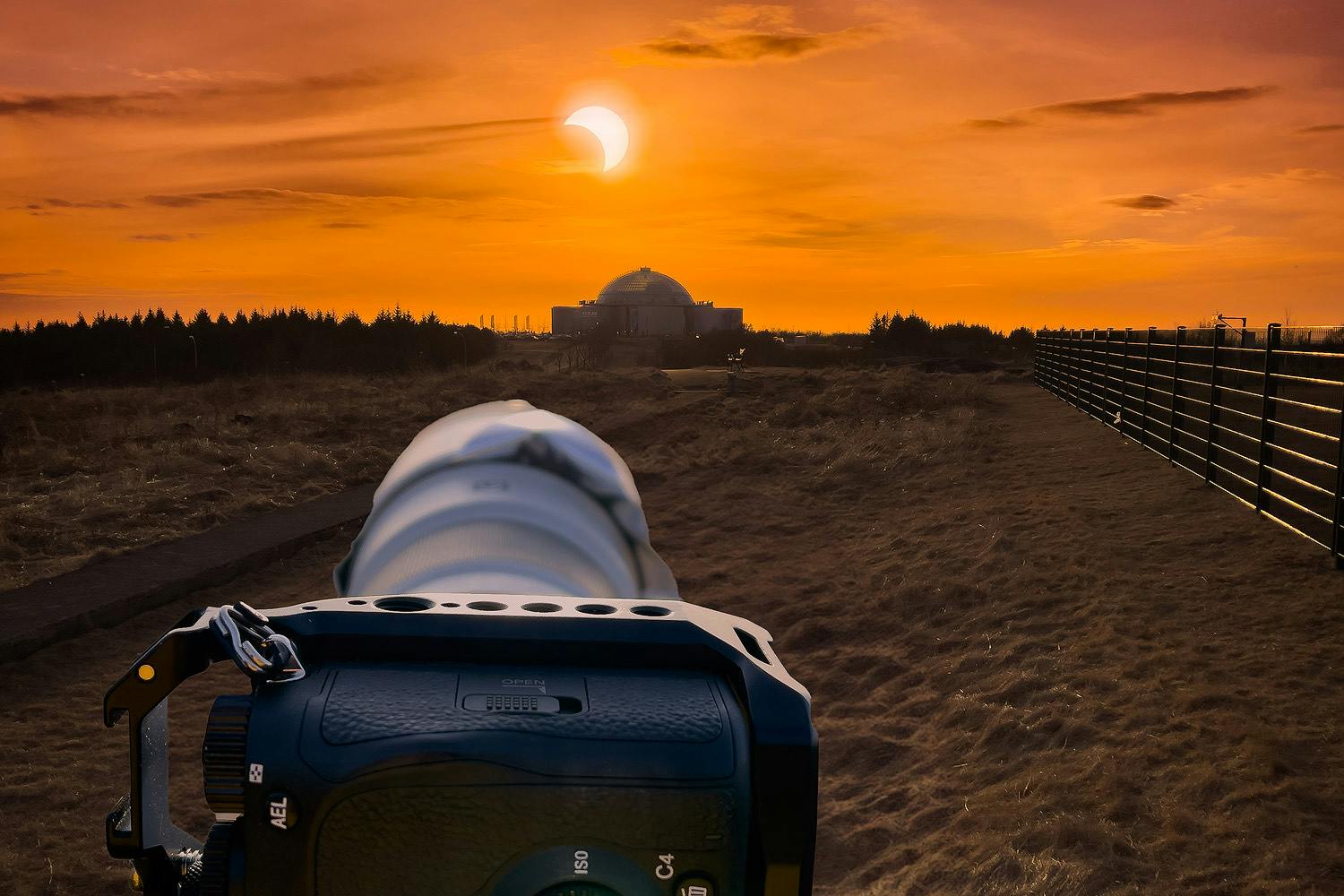
How Does a Solar Eclipse Occur?
Solar eclipses don’t happen every month, even though the moon orbits Earth every 29.5 days because the moon’s orbit is slightly tilted relative to Earth’s orbit around the sun. This tilt means that the moon usually passes above or below the sun when it aligns with the Earth during the new moon phase. However, when the moon’s orbit intersects with the plane of Earth’s orbit (known as the ecliptic plane) and the moon is perfectly aligned between the Earth and the sun, a solar eclipse occurs.
The path where the moon’s shadow falls on Earth is known as the path of totality. If you’re located inside this path, you’ll experience a total solar eclipse, while those outside this path will see a partial eclipse. The path of totality is often narrow, sometimes only around 100 miles (160km) wide, which makes it a rare and exciting event for those within this zone.
Viewing a Solar Eclipse in 2026 at Perlan
Iceland is one of the best places to view the total solar eclipse occurring on August 12, 2026. One of the most popular spots in Reykjavik to witness this incredible event is Perlan, a landmark and museum located on the hill of Öskjuhlíð.
Perlan features an observation deck that offers panoramic views of Reykjavik and the surrounding landscapes. During the eclipse, the deck will be an excellent place to witness the celestial event while enjoying the stunning scenery of Iceland’s capital. Known for its exhibitions about Icelandic nature, Perlan provides the perfect blend of education and awe-inspiring natural beauty. Imagine seeing the eclipse from a location featuring interactive displays on glaciers, volcanoes, and the northern lights—it’s a genuinely Icelandic way to experience a solar eclipse!
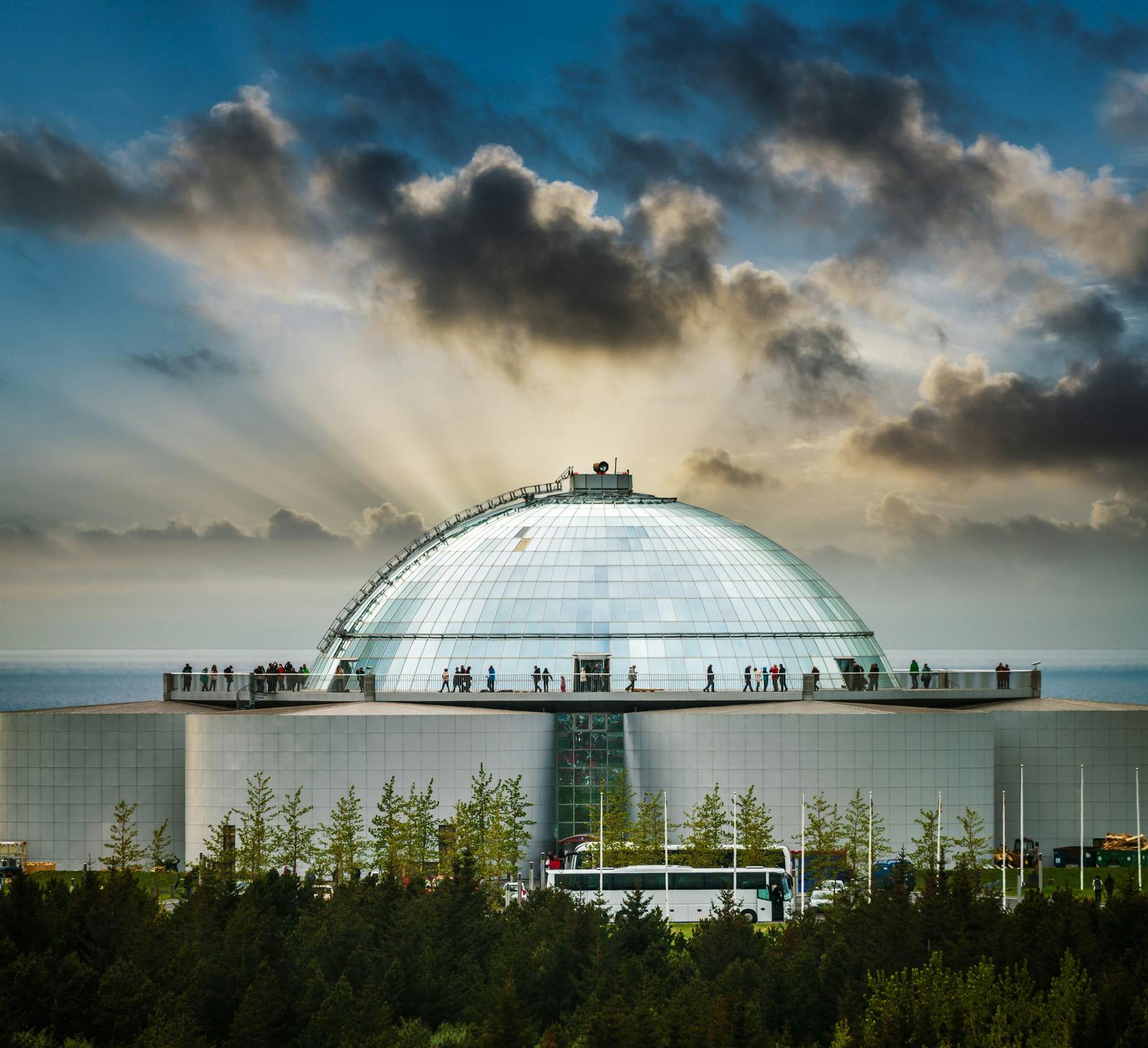
Solar Eclipses and Safety
While a solar eclipse is magnificent, taking safety precautions when viewing it is essential. Looking directly at the sun, even during an eclipse, can cause severe eye damage.
Solar Eclipse Glasses
The only safe way to look directly at the eclipse is with special-purpose solar eclipse glasses. These glasses block harmful rays from the sun and allow you to see the event without risking your vision. Regular sunglasses, no matter how dark, do not provide sufficient protection. See in detail on how to prepare for a solar eclipse.
If you’re planning to photograph the eclipse, you will also need a solar filter for your camera lens to prevent damage to the camera and ensure high-quality photos. See here for solar eclipse photography tips.
FAQ
What is a solar eclipse?
A solar eclipse occurs when the moon passes between the Earth and the sun, blocking the sun’s light either partially or completely, creating a visual spectacle where the sun is obscured for a short period.
Is a solar eclipse rare?
Solar eclipses are rare. While partial solar eclipses occur more frequently, total solar eclipses are much less common and only visible from specific locations on Earth. The exact location on Earth may not see another total solar eclipse for hundreds of years.
How often is a solar eclipse?
Solar eclipses (partial, total, or annular) occur approximately 2-5 times per year somewhere on Earth. However, a total solar eclipse at any given location is much rarer, typically happening only once every few hundred years.
What not to do during a solar eclipse?
Do not look directly at the sun without proper eye protection during a solar eclipse. Never use regular sunglasses to view the eclipse, as they won’t protect your eyes from harmful radiation.
Can kids watch the solar eclipse?
Yes, kids can safely watch a solar eclipse as long as they wear certified solar eclipse glasses. It’s also an excellent opportunity to teach children about space and the movement of celestial bodies. To peak their interest, tell them some solar eclipse fun facts!
How often does a solar eclipse happen?
Solar eclipses occur approximately 2-5 times per year somewhere on Earth, though total solar eclipses at any given location are much rarer, typically happening once every few hundred years. Check out how a solar eclipse is predicted.
Popular tours
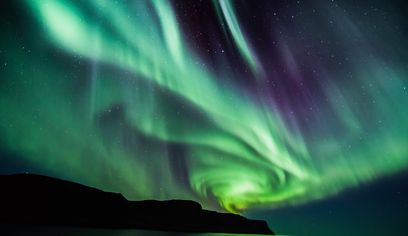
The #1 Northern Lights Tour in Iceland | FREE photos, Homemade Hot Chocolate & cinnamon buns

Reykjavík Northern Lights Cruise

Aurora Basecamp Night pass

Reykjavík Whales & Northern Lights

Northern Lights Tour from Reykjavik, With Photographs, Local Pastrys and Hot Chocolate

DT 310 Private Superjeep Northern Lights

NORTHERN LIGHTS AND STARGAZING (Guided in 10 languages)

GOLDEN CIRCLE AND NORTHERN LIGHTS (Guided in 10 languages)

Aurora Viking - The Private Tour - Northern Lights Tour

Northern Lights w/Aurora Viking - free pro photos - Free Retry – minibus
